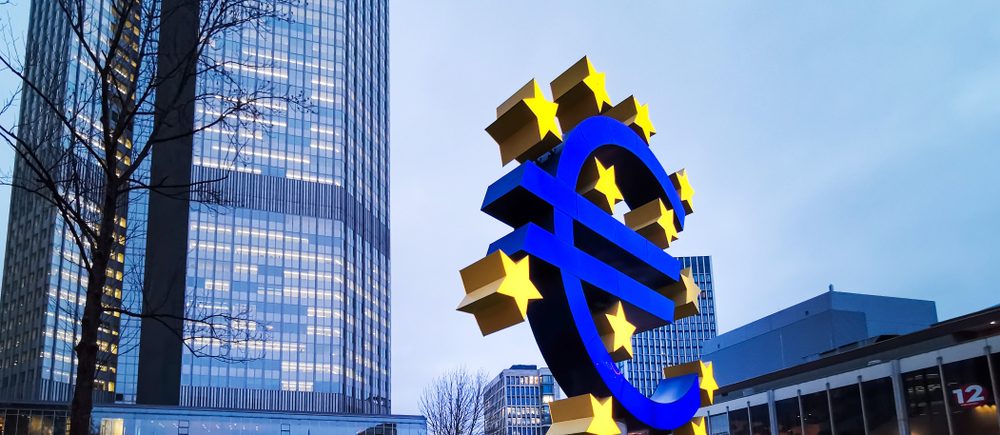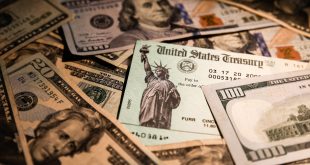As the market participants’ attention and focus turns to the ECB, at 1.0720, the EUR/USD pair is 0.2% higher on the day during the North American session. The pair’s price has moved upwards from the 1.0671 low to hit the 1.0748 high. However, trading decisions do take into account the jump of US 10-year auction that hit a high yield of 3.03% on Wednesday, up from the 2.943% high in the previous auction.
Markets have seen a US-yields rally and the 10-year now stands 1.54% higher on the day, supporting the US dollar ahead of key economic events later this week including the European Central Bank tomorrow, on Thursday, and US inflation data Friday.
The US dollar has surged on the back of the auction and soaring yields, as the DXY Index that measures the US dollar versus a basket of major rival currencies is currently up 0.17% to 102.50. The DXY has been trading between ups and downs all day, 102.269/102.776. US equities are also sinking in midday trade which tends to favour the US dollar.
The ECB to announce that the APP will end within weeks, and send a strong signal that rate hikes are coming in July and September, while October is still a more awaited meeting. Forecasts will show stronger inflation and weaker growth, highlighting the ECB’s challenge going forward.
Some analysts expect economic growth to slow significantly below trend rates from early next year. The economy has a number of pending issues in the near term, including continued post-Covid recovery in the services sector, significant household excess savings and unsatisfied awful demand for everything from industrial orders to labour.
However, these pending issues will potentially deflate next year. The impact of monetary tightening in the Eurozone would be closer to more normal levels. Unless ECB President Christine Lagarde commits to a series of 50s, the EUR/USD pair has limited chance to consolidate its gains, particularly with the EURIBOR curve trading where it is. It is noteworthy that the EUROBOR is the basic rate of interest used in lending between banks on the European Union interbank market and is also used as a reference for setting the interest rate on other loans.
Christine Lagarde on Thursday will take steps for the European Central Bank’s plans to end eight years of easy money, bond-buying and negative interest rates, she can depend on the support of the vast majority of her colleagues.
Hot inflation in the eurozone left even the most dovish of the 25 members of the governing council supporting the need for higher borrowing costs in the coming months.
Lagarde will be aware of the scale of the challenge facing the ECB, hoping to regain control of prices without drowning the economy into recession or triggering panic across bond markets in the more vulnerable countries in South Europe.
The ECB seems to think it can bring inflation under control to target with relatively timid increases in rates. But what if that doesn’t prove successful? Only one of the ECB’s 25 governing council members, namely Klaas Knot, was on the rate-setting body the last time the bank raised rates in 2011. Lagarde had just become president of the IMF.

 Noor Trends News, Technical Analysis, Educational Tools and Recommendations
Noor Trends News, Technical Analysis, Educational Tools and Recommendations




